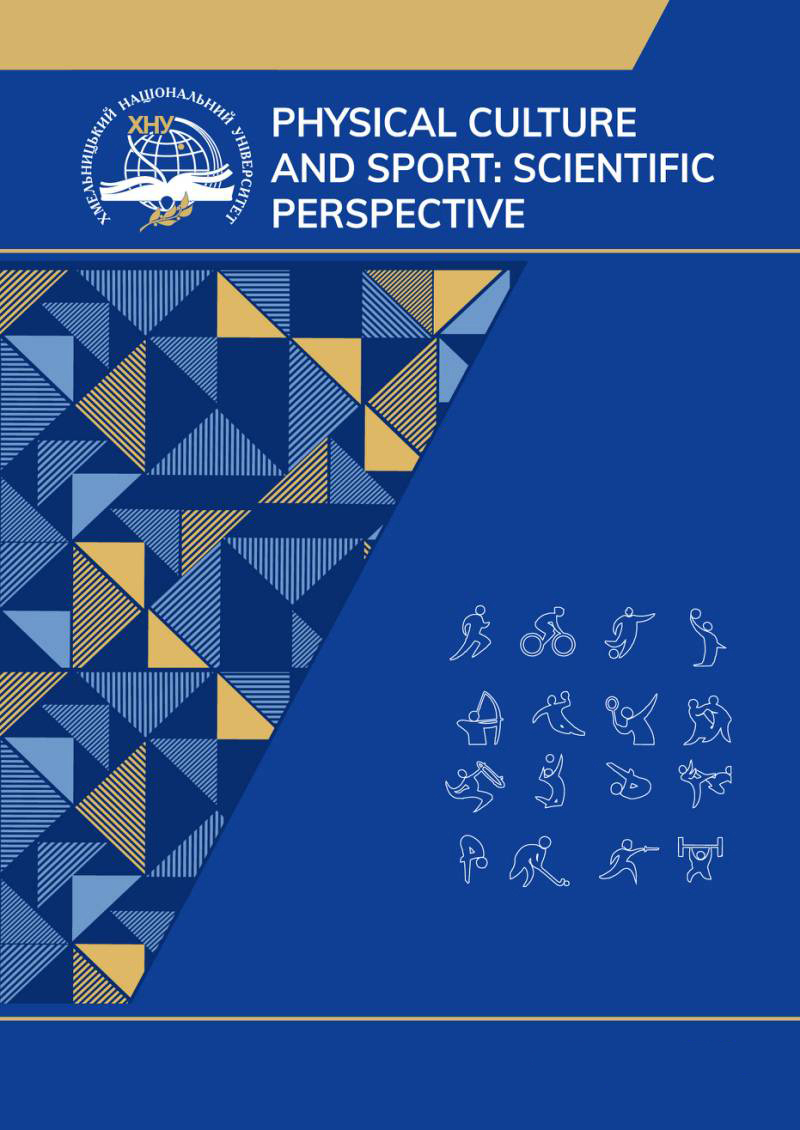PHYSICAL THERAPY FOR SCOLIOSIS IN ADOLESCENTS
DOI:
https://doi.org/10.31891/pcs.2024.3.2Keywords:
curvature of the spine, conservative methods, posture correction, musculoskeletal system, muscle corsetAbstract
Scoliosis is one of the most common diseases of the musculoskeletal system, which is characterized by a curvature of the spine accompanied by its rotation around its own axis. This disease is often diagnosed in adolescence, when the body undergoes intensive physical development. Today, scoliosis is recognized as one of the urgent health problems of the younger generation, as the number of children and adolescents diagnosed with this pathology increases every year. Such a trend puts on the agenda the need to find new approaches to the correction of the state of health and prevention of further progression of the disease. Physical therapy is one of the key methods of both treatment and prevention of scoliosis, especially in adolescents, since it is at this age that the development of the musculoskeletal system undergoes significant changes. The main goal of physical therapy for scoliosis is not only to correct the existing curvature of the spine, but also to prevent its further progression. One of the main tasks of physical therapy is to teach patients the correct posture and the correct movement pattern in everyday activities, which significantly reduces the load on the spine. Exercises aimed at strengthening the muscles of the trunk and abdomen, as well as work on stabilizing the pelvis, contribute to the improvement of muscle coordination. It not only helps to correct the deformity, but also significantly improves the endurance and mobility of the body. In addition, physical therapy is not limited to the correction of spinal deformity. Its important goal is also to improve the patient's general state of health. This involves increasing physical activity, which helps strengthen the cardiovascular system, improve metabolism, and also support the normal functioning of the immune system. Physical activity stimulates the body to recover and helps to strengthen it, which is important for the overall development of a teenager. It is important that all classes are conducted under the supervision of a qualified physical therapist who can correctly select the necessary exercises. This approach ensures the effectiveness of treatment, the safety of performing exercises and contributes to a long-lasting result.
References
Bandurnina, K. (2019). Fizychna terapiia pry skoliozi. Aktualni problemy ortopedahohiky, ortopsyholohii ta reabilitolohii: zbirnyk tez dopovidei III Mizhnarodnoi naukovo-praktychnoi konferentsii (m. Zaporizhzhia, 4–5 zhovtnia 2019 r.). Za zah. red. Shevtsova A. H. Zaporizhzhia: Vyd-vo Khortytskoi natsionalnoi akademii, 216–218.
Kamyshna, I. I., & Rospopa, E. B. (2024). Osoblyvosti fizychnoi terapii pry skoliozi. Perspektyvy ta innovatsii nauky. Seriia "Pedahohika", Seriia "Psykholohiia", Seriia "Medytsyna", (7)41, 1040–1047.
Addai, D., Zarkos, J., & Bowey, A. J. (2020). Current concepts in the diagnosis and management of adolescent idiopathic scoliosis. Childs Nerv Syst, 36(6), 1111–1119.
Ceballos Laita, L., Tejedor Cubillo, C., Mingo Gómez, T., & Jiménez Del Barrio, S. (2018). Effects of corrective, therapeutic exercise techniques on adolescent idiopathic scoliosis: A systematic review. Arch Argent Pediatr, 116(4), 582–589.
Dimitrijević, V., Šćepanović, T., Jevtić, N., Rašković, B., Milankov, V., et al. (2022). Application of the Schroth Method in the Treatment of Idiopathic Scoliosis: A Systematic Review and Meta-Analysis. Int J Environ Res Public Health, 19(24).
Fan, Y., Ren, Q., & Cheung, J. P. Y. (2020). Effectiveness of scoliosis-specific exercises for alleviating adolescent idiopathic scoliosis: a systematic review. BMC Musculoskelet Disord, 21(1), 495.
Gámiz-Bermúdez, F., Obrero-Gaitán, E., Zagalaz-Anula, N., & Lomas-Vega, R. (2022). Corrective exercise-based therapy for adolescent idiopathic scoliosis: Systematic review and meta-analysis. Clin Rehabil, 36(5), 597–608.
Jonathan, A., et al. (2014). A comprehensive review of thoracic deformity parameters in scoliosis. Eur Spine J, 23, 2594–2602.
Kaspiris, A., Grivas, T. B., Weiss, H. R., & Turnbull, D. (2011). Surgical and conservative treatment of patients with congenital scoliosis: A search for long-term results. Scoliosis, 6(1), 12.
Mesiti, B. L. (2021). Scoliosis: An Overview. Radiol Technol, 93(1), 55–72.
Negrini, A., Parzini, S., Negrini, M. G., Romano, M., Atanasio, S., Zaina, F., & Negrini, S. (2008). Adult scoliosis can be reduced through specific SEAS exercises: a case report. Scoliosis, 3(1), 20.
Negrini, S., Donzelli, S., Aulisa, A. G., Czaprowski, D., & Schreiber, S. (2018). 2016 SOSORT guidelines: orthopaedic and rehabilitation treatment of idiopathic scoliosis during growth. Scoliosis and spinal disorders, 13(1), 3.
Negrini, S., Zaina, F., Romano, M., Negrini, A., & Parzini, S. (2008). Specific exercises reduce brace prescription in adolescent idiopathic scoliosis: a prospective controlled cohort study with worst-case analysis. Journal of Rehabilitation Medicine, 40(6), 451–455.
Patias, P., Grivas, T. B., Kaspiris, A., Aggouris, C., & Drakoutos, E. (2010). A review of the trunk surface metrics used as scoliosis and other deformities evaluation indices. Scoliosis, 5(1), 12.
Romano, M., Negrini, A., Parzini, S., et al. (2015). SEAS (Scientific Exercises Approach to Scoliosis): a modern and effective evidence-based approach to physiotherapeutic specific scoliosis exercises. Scoliosis, 10(3).
Downloads
Published
How to Cite
Issue
Section
License
Copyright (c) 2024 Тетяна ОДИНЕЦЬ, Ростислав САПРАНОВ, Олександр ВАНЮК

This work is licensed under a Creative Commons Attribution 4.0 International License.





